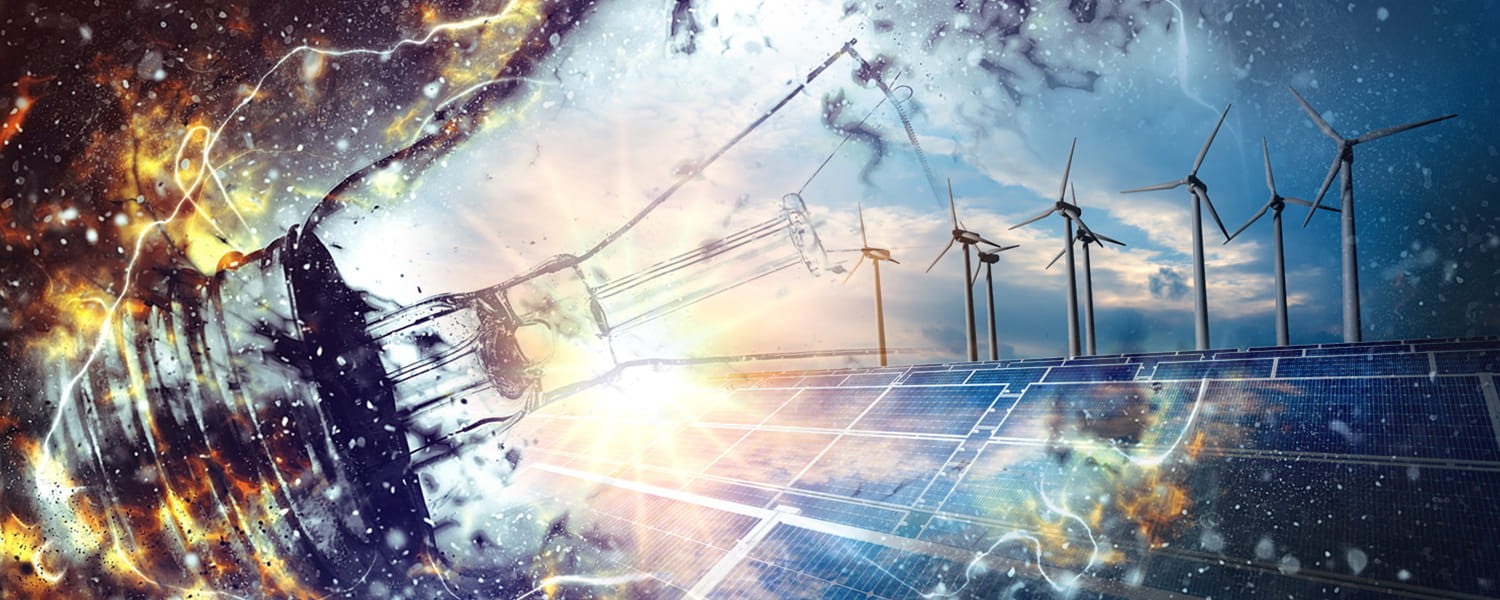How we helped our client understand the technical aspects of upgrading an existing liquefied natural gas (LNG) multi-train to meet emissions intensity targets.
Should LNG operators upgrade existing trains or build greenfield facilities to process new reserves?
Brownfield or greenfield? Our client needed to understand the feasibility of investing in upgrading an existing LNG train to meet its emissions intensity targets. We stepped in to review the current plant’s performance and propose upgrades for improved emissions intensity and a life extension.
Blending LNG expertise, concept development and life extension databases
Leveraging lifecycle analyses we’d previously executed for other LNG partners, we benchmarked the facility’s performance and developed greenhouse gas (GHG) intensity targets. We used the data to conceptualize over 40 modification options, ranking each based on their capacity to reduce emissions and costs.
Knowing that an LNG facility needs additional modifications to run for another 20 years, our asset integrity team at Worley performed a life extension review. The results helped us develop equipment replacement strategies for life extensions of either five, 10, 15, or 20 years.
A combined picture for investment requirements over the new field life to maintain operations at the target GHG intensity
We combined the life extension and emissions reduction costs into a single estimate for the facility. And then compared them to that of a greenfield project. The results demonstrated that upgrade and reuse would cost our client between 50 and 70 percent less than that of building new. However, a greenfield project’s emissions intensity would be 30 percent less.
Our client is now in a better position to make a more informed investment decision.




